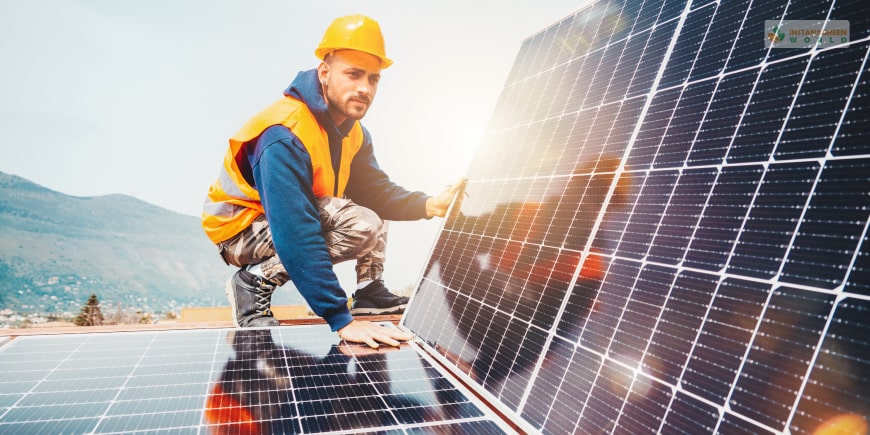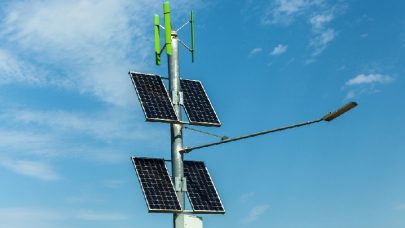Solar energy works best in both business and residential buildings. Although the price of using a solar panel system has progressively decreased, you can always attempt the DIY route to keep costs down.
By following this straightforward guide to solar panel setup, you can save some cash by setting up a solar panel using a solar panel system. Here’s a detailed explanation of how to install and use a solar panel system for your house.
Solar Panel Setup: Step By Step Guide
To learn how to solar panel setup by yourself, follow all the steps as they have been explained below:
Step 1: Gather All Materials
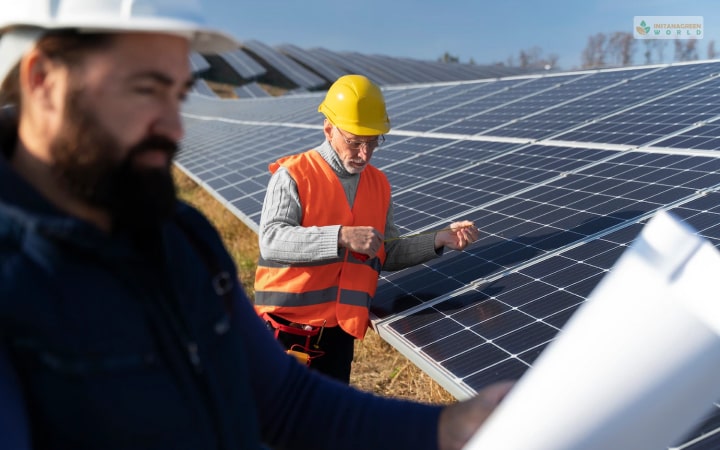
The first step of the process is to gather all the necessary materials for setting up the solar panel. Tata solar power panels, inverters, a pack of batteries, and a charge controller are the main components you will require.
In addition, a meter, a breaker, lots of fuses, and an MC4 connection are also required. Remember to read the instructions in the solar panel guide for an Indian house design is crucial.
Step 2: Estimate Your Power Consumption

It’s important to total up the energy you consume at home before starting the installation process. It is not a complicated science. All you need to do is list the appliances in your house you use daily, such as lights, television, fans, etc.
Then, add the duration of the day these appliances are in use. Then, check the run time and power rating of all household electric appliances by looking at the specification chart.
Now multiply the appliance’s runtime by calculating its power usage to determine the “Watt-Hour.” To determine the overall amount, add the individual figures after completing this step for each electrical appliance. Using an online load calculator will also streamline this calculation process.
Step 3: Charge Your Battery
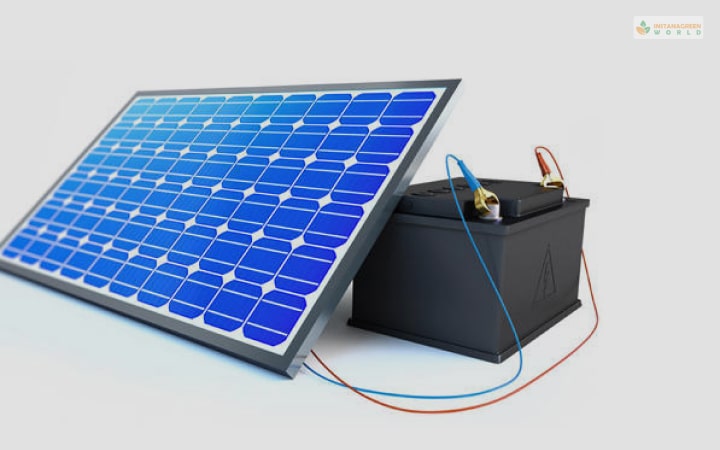
Utilizing a battery will solve the issue that solar panel setup doesn’t produce energy when the sun is down. Instead, the solar energy produced is stored in a lithium-ion or lead-acid battery, which releases after the sun sets. If you choose the best storage, it will offer a consistent supply of luminous solar energy.
You also need a charge controller to keep an eye on your battery’s charge. These controllers might come equipped with tiny LED lights that indicate the battery’s power status and control the electricity flowing through the battery.
Step 4: Install Your Inverter

Solar panels generate DC electricity. However, an AC installation is required for electrical devices. The inverter comes to the rescue by enabling electrical equipment usage without the need for adaptors.
Here, various types of inverters (based on waves) should be used. In addition, various power wattages dictate what type of inverters you can use.
All devices are not compatible with square waves, whereas some appliances, including refrigerators, are incompatible with mixed sine wave outputs. Therefore, you can use only pure sine wave-based best inverter for home to your solar panel setup.
Step 5: Fix Rooftop Solar Panels

Start attaching the mini solar panels as soon as the controller, battery, inverters, and all wires are connected. Next, choose the solar panel location that receives the most sunlight, such as a roof or an open space area.
You can use mounting stands made from scratch or purchased from shops. The mounting stand’s tilt should be equivalent to the angle at which you stand. The right setup is crucial to ensure each panel looks at the sun all day.
Wire the solar panels as the last part of this stage. You will also see a connection box on the solar panel. Positive and negative polarity indicators are included with the connection box that has wires with MC4 connections.
In addition, you will also need to manually line the box with the exterior cables if you utilize little solar panels. Connect the minus and plus terminals using the red and black wires.
Step 6: Connect Battery And Solar Panels
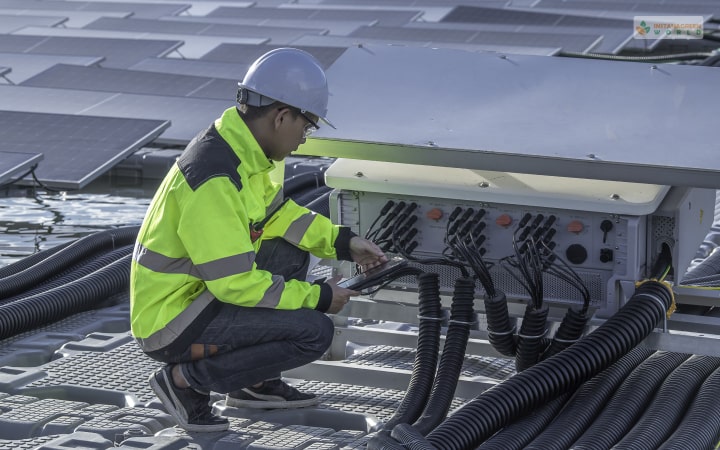
The batteries and solar panel setup need to be connect. These are couple in certain systems, so you don’t have to make the extra effort. However, you must establish connections serially and parallelly for situations that aren’t present as an individual unit.
Connecting one device’s positive terminal to another’s negative terminal may create a sequence of connections. However, you must attach one device’s negative terminals to another device’s negative terminals to create a parallel connection.
Step 7: Attach Stands
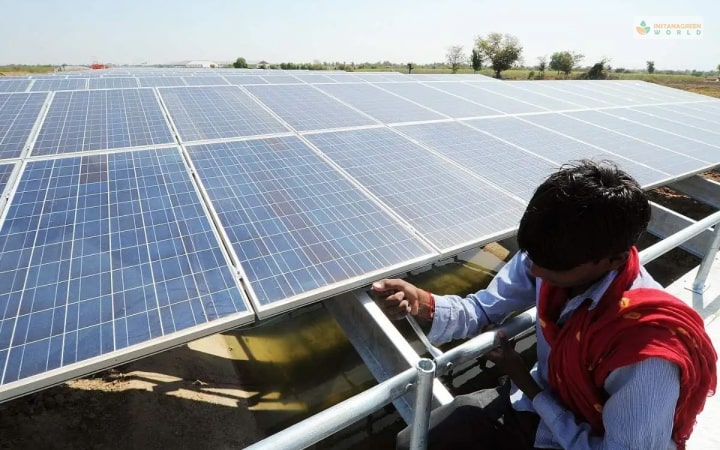
Your solar panel system is not complete without the support for the inverter and the battery. Once more, you can create the stands yourself or purchase them. After inverters and batteries are attach in designate places, you may start work on the wiring.
The controller is connect to the solar panel setup using the first connection on the left. Here, the controller and batteries are connect through a second port. Therefore, the controller is connect to the direct DC connection via the final connector.
Step 8: Connect Charge Controller
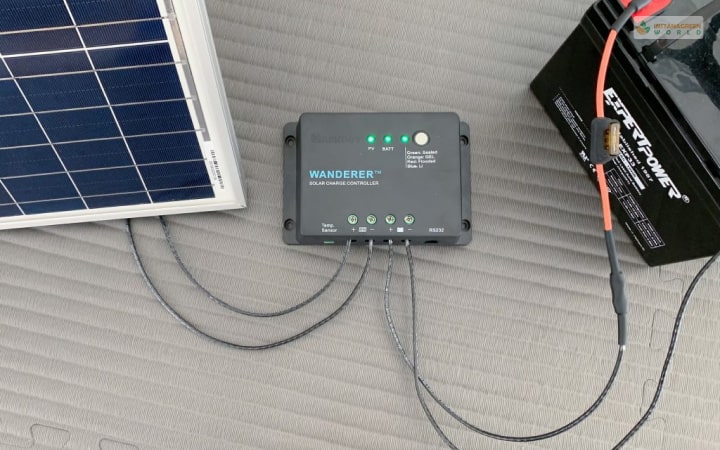
You might need a different MC4 connector to connect the solar panel and charge controller. The controller’s LED solar light for home should come on once it is link to a battery. The inverter terminal and the battery’s terminal need to be connect similarly.
FAQs(Frequently Asked Questions):-
People ask many questions related to solar panel setup. The answers to some of these questions are:
Ans: Depending on the size of the solar panel and the number of it, the solar panel setup cost will vary considerably. However, you can expect anywhere between $8,000 to $12,000 in the US.
Ans: You can build a 100w solar panel setup by:
1. First, position and mount the solar panels.
2. Secondly, connect all the extension cables that come with the solar panels.
3. Third, place the wires in appropriate places around your house or RV.
4. Next, connect the charge controller and the inverter together with the solar panels.
5. Then, connect all the wires together and set up the solar panel.
6. Finally, switch it on and see if your solar panel setup is working or not.
Conclusion
Doing a solar panel setup by yourself can be risky if you don’t know what you are doing. Even if you have read all the guidelines, doing it can lead to unnecessary accidents. Therefore, it’s best to call a professional who can install solar panels for you.
However, setting up solar panels in your RV is easier than setting them up in your house. So no matter what you decide to do, it’s important to ensure that. Also, you should buy the right materials, not the cheapest ones in the market.
Read Also:

